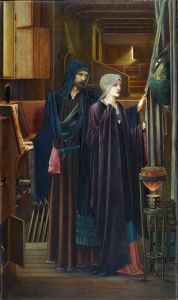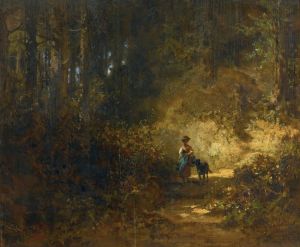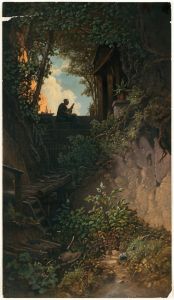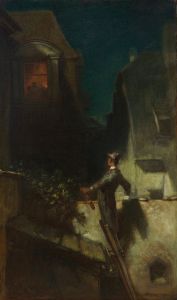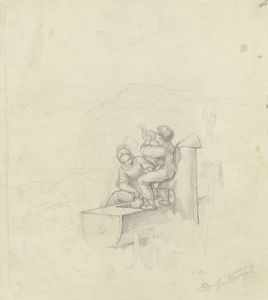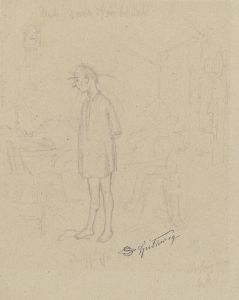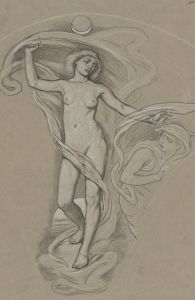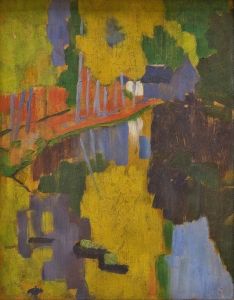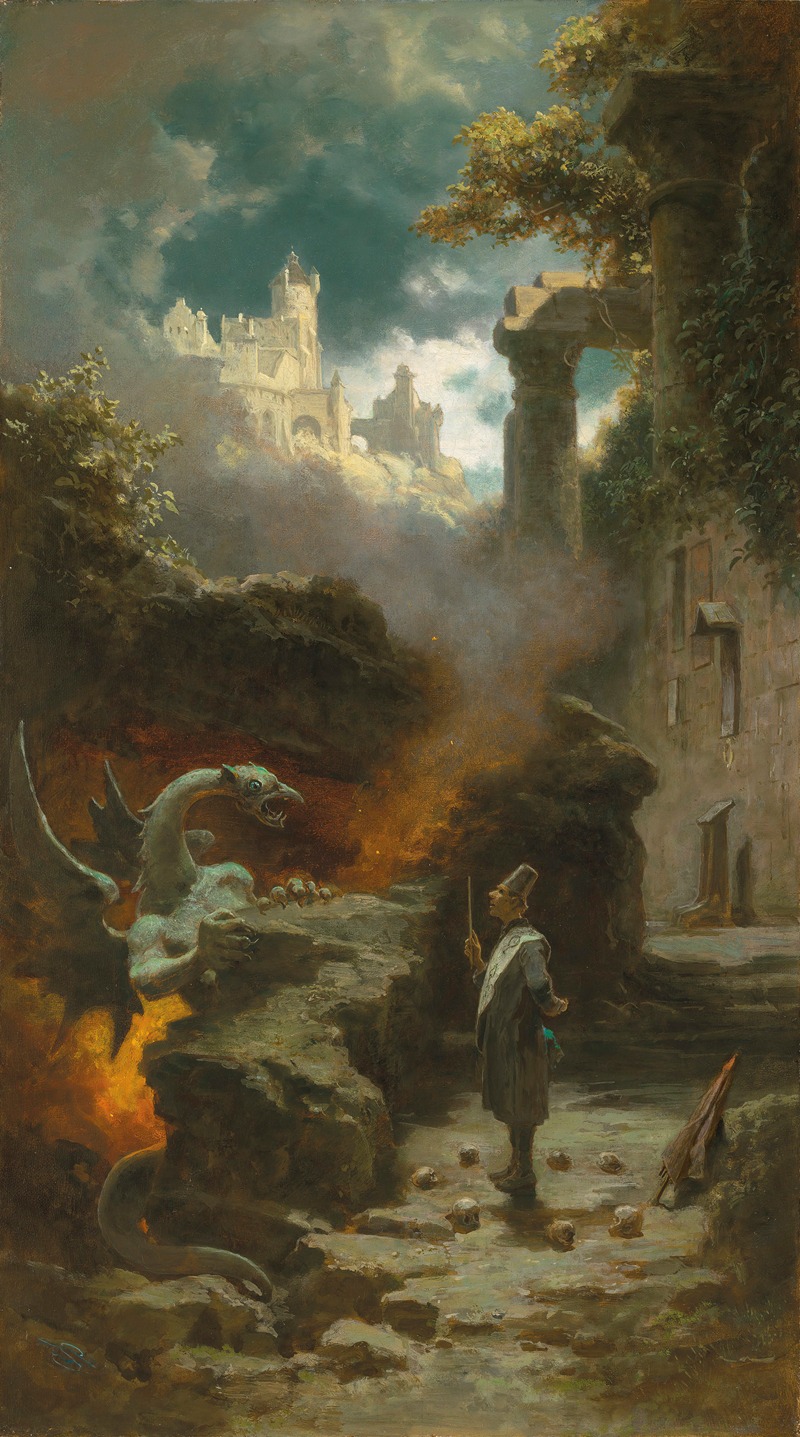
Der Hexenmeister
A hand-painted replica of Carl Spitzweg’s masterpiece Der Hexenmeister, meticulously crafted by professional artists to capture the true essence of the original. Each piece is created with museum-quality canvas and rare mineral pigments, carefully painted by experienced artists with delicate brushstrokes and rich, layered colors to perfectly recreate the texture of the original artwork. Unlike machine-printed reproductions, this hand-painted version brings the painting to life, infused with the artist’s emotions and skill in every stroke. Whether for personal collection or home decoration, it instantly elevates the artistic atmosphere of any space.
Carl Spitzweg's painting Der Hexenmeister (The Sorcerer) is a work by the renowned German Romantic painter and poet, Carl Spitzweg (1808–1885). Spitzweg is celebrated for his detailed and often humorous depictions of everyday life in 19th-century Germany, as well as his ability to infuse his works with a sense of whimsy and charm. While Der Hexenmeister is not as widely recognized as some of his other works, such as Der arme Poet (The Poor Poet), it reflects Spitzweg's characteristic style and thematic interests.
The painting portrays a scene of a sorcerer or alchemist in his study, surrounded by various objects that suggest his mystical or scientific pursuits. Spitzweg often explored themes of eccentricity and individuality, and this work is no exception. The sorcerer is depicted as an isolated figure, deeply engrossed in his work, which may involve alchemical experiments or magical practices. The setting is rich in detail, with shelves of books, jars, and other paraphernalia that create an atmosphere of curiosity and mystery.
Spitzweg's works are known for their intimate scale and meticulous attention to detail, and Der Hexenmeister exemplifies these qualities. The lighting in the painting is particularly notable, with a warm, glowing light emanating from a source within the scene, possibly a lamp or a fire. This use of light not only enhances the mood of the painting but also draws attention to the central figure and his activities.
As with many of Spitzweg's paintings, Der Hexenmeister can be interpreted as a gentle satire or commentary on human nature. The figure of the sorcerer, absorbed in his arcane pursuits, may reflect Spitzweg's fascination with the quirks and passions of individuals. At the same time, the painting invites viewers to consider the fine line between science and superstition, a theme that was particularly relevant during the 19th century, a period of rapid scientific advancement and lingering mystical beliefs.
Carl Spitzweg's works are housed in various museums and private collections, primarily in Germany and Austria. While specific details about the current location or provenance of Der Hexenmeister are not widely documented, it remains an example of Spitzweg's ability to capture the peculiarities of human life with humor and sensitivity.
This painting, like much of Spitzweg's oeuvre, continues to be appreciated for its charm, technical skill, and insight into 19th-century European culture.





